Hydrogen’s unique behaviour in metals, particularly in steels, plays a pivotal role in various scientific and industrial applications. Notably, hydrogen’s influence on phenomena like hydrogen embrittlement and tritium retention in fusion reactor wall tiles underscores the necessity for accurate and sensitive detection and analysis methods. To cater to this need, Hiden Analytical presents the advanced TPD Workstation.
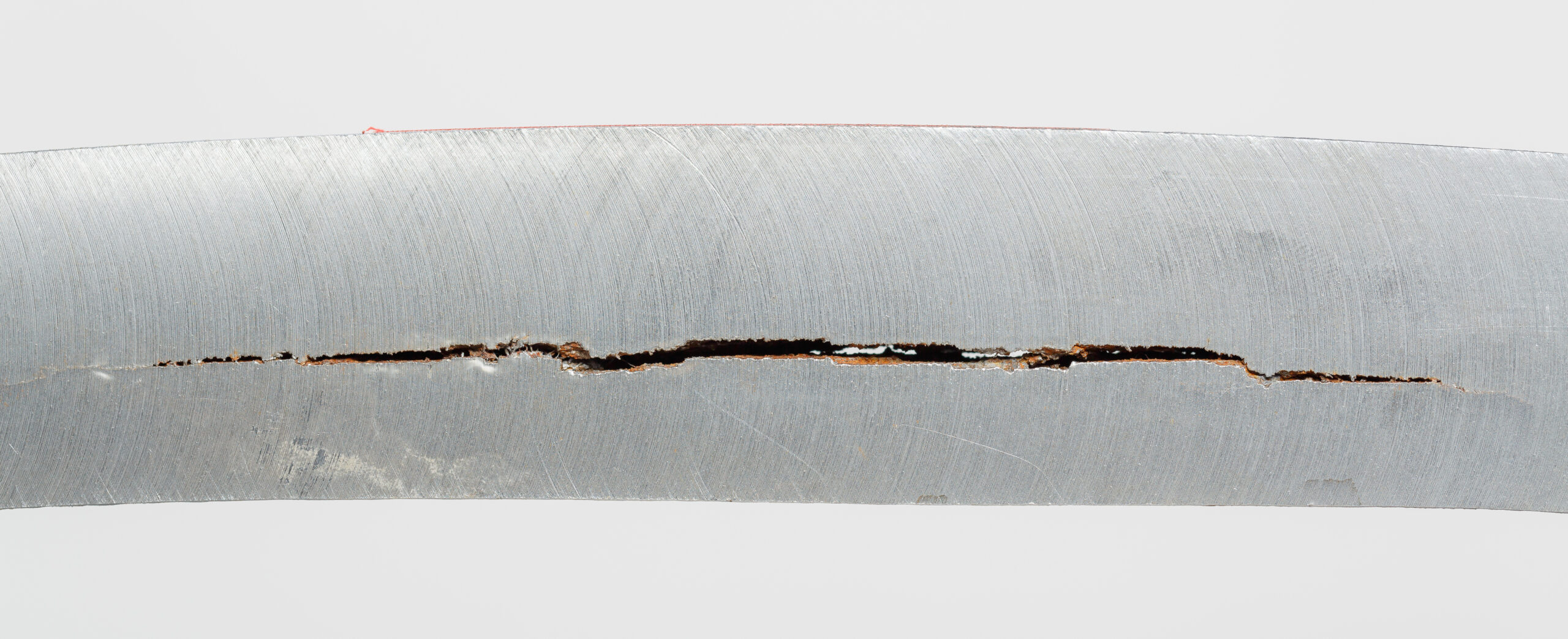
The Importance of Hydrogen Analysis in Steels
Hydrogen can significantly impact the properties of metals, especially steels. Its presence, even in trace amounts, can lead to phenomena like hydrogen embrittlement, significantly compromising the material’s strength and ductility. On the other hand, the study of tritium, a hydrogen isotope, in fusion reactor wall tiles has pivotal implications for nuclear science.
Given the breadth of its influence, the need for a precise, sensitive, and reliable method of hydrogen analysis in steels is evident. That’s where the Temperature Programmed Desorption (TPD) technique comes into play.
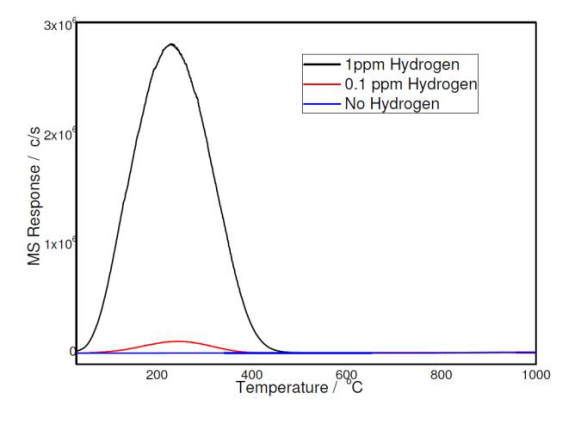
The Hiden TPD Workstation
Hiden Analytical’s TPD Workstation uses the cutting-edge TPD technology, also known as Thermal Desorption Spectrometry (TDS) or Thermal Desorption Analysis (TDA). The system places the sample in an Ultra High Vacuum (UHV) chamber. The sample is then heated at varying linear ramp rates, with the desorption spectra captured using a quadrupole mass spectrometer. Optimized for maximum sensitivity, the TPD Workstation facilitates efficient desorption of hydrogen isotopes and helium from metals.
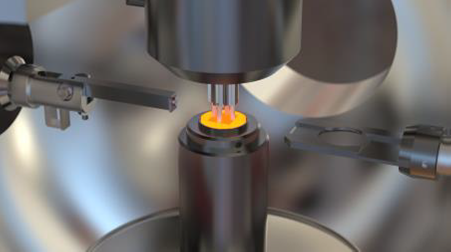
Unique Features of the TPD Workstation
The TPD Workstation has features designed for optimal sensitivity for low-level desorption products:
- Isolated sample placement in the UHV chamber, eliminating outgassing component interference.
- A high sensitivity triple filter PIC quadrupole mass spectrometer to ensure high sensitivity and the best desorption profile.
- A cooled mass spectrometer shroud, significantly minimizing background noise.
Performance & Advanced Applications
With exceptional performance in analysing stainless steel samples impregnated with varying levels of hydrogen, our TPD Workstation can detect hydrogen as low as 0.1 ppm. For more advanced applications, the workstation can be equipped with a 9 mm quadrupole analyser, allowing it to distinguish species with identical nominal mass, such as He and D2.
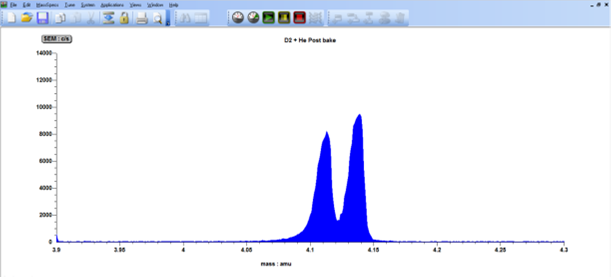
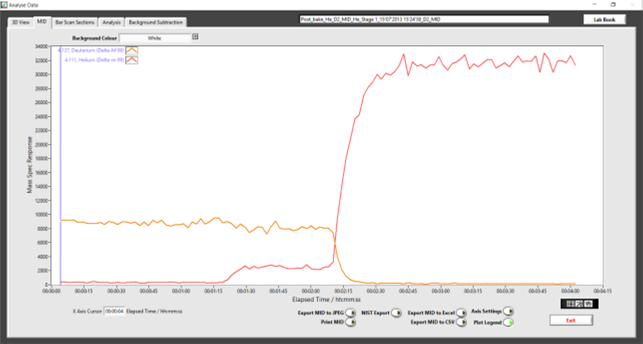
Conclusion
When it comes to exploring the role of hydrogen in steels, the Hiden TPD Workstation offers unprecedented sensitivity, repeatability, and user-friendliness. Beyond hydrogen analysis, the workstation simultaneously detects other gases within the instrument’s mass range. Choose the Hiden TPD Workstation for real-time, accurate analysis of your samples, illuminating the fascinating world of hydrogen in metals.
Contact a member of Hiden Analytical today to learn more about the TPD Workstation.

